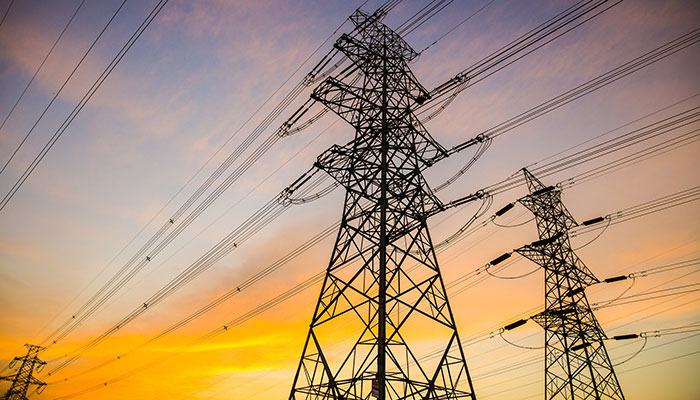Despite Australia’s vast potential for solar, wind and tide power and massive existing coal and natural gas resources, our electricity prices are among the highest in the developed world.
An extensive financial modelling project by Professor Stefan Trueck and his colleagues at the Macquarie University Centre for Financial Risk found that Australia’s electricity markets are uniquely vulnerable to extreme price spikes.
Our interconnected electricity grid and special wholesale electricity trading arrangements also add extra layers of complexity to national energy pricing.
Modelling scenarios
Because electricity is a rather unique commodity and there are only few comparable financial markets, Australia’s electricity market has proved a difficult scenario to model.
However Professor Trueck was able to develop a simulation under an ARC Discovery grant for his project titled "Managing the risk of price spikes, dependencies and contagion effects in Australian electricity markets."
Professor Trueck’s research at the Centre for Financial Risk has covered risk management and financial econometrics in areas such as energy and commodity markets, emissions trading and the economics of climate change.
He says that the introduction of competitive electricity markets and power exchanges has substantially increased the amount of risk borne by market participants.
Because electricity can’t be economically stored and requires immediate delivery, electricity prices can have abrupt, short-lived and generally unanticipated extreme price changes, so-called price spikes.
“My work aims to get to the core of what is really driving these prices to such high levels; to do that, we replicate the market in a relatively detailed way,” he explains.
Professor Trueck has developed a range of simulation models for the Australian electricity market that are currently being further extended to replicate the entire network, including generators, renewable energy, and even the impact of battery storage.
“We want to test scenarios like: what happens if this generator is removed from the network for maintenance; what if the temperature rises to an extremely high level; or what if the interconnect between South Australia and Victoria is not working?”
By replicating the entire network, he says, it’s possible to get a much deeper understanding of the key events and circumstances driving extremely high prices.
“We can simulate both short-run and long-run behaviour of electricity prices, and get a much better understanding of what drives the markets and what keeps prices at a reasonably low level,” he says.
Australia’s unique trading model
Professor Trueck’s models have shown that electricity Australia’s trading methods exacerbate the volatility of electricity prices, making them more spike-prone than electricity markets in 18 other countries around the world.
“The way that Australia trades electricity is unusual. Unlike most markets, which have a ‘day ahead’ market, Australia uses a ‘constrained real-time market’ which tends to be more volatile,” Professor Trueck says.
‘Day ahead’ European markets, for example, typically trade the next day’s electricity sometime between 10:00 am and midday, so that prices are determined around 12 hours in advance.
“On top of this, these markets often have an additional ‘balancing market’ that allows small deviations from demand to be traded – but the majority of electricity pricing is set beforehand,” Trueck says.
“Australia is different because our electricity is basically traded in five-minute intervals, 24 hours a day.”
Professor Trueck’s research provides new approaches to forecasting extreme prices and has helped develop strategies so that market participants can better manage their risk.
The project also included practical strategies which could be used by energy resellers and large customers. It explored ways to reduce the risk of substantial losses or financial distress by hedging the risks associated with electricity spot prices, using so-called derivative contracts.
Professor Trueck says that his research had originally focused on modelling price behaviour, rather than on inherent problems in Australia’s electricity market.
"Strange price behavior"
However, the way the Australian market is designed may be a key factor in driving the “strange price behaviour” of energy in this country.
“The big questions in Australia at the moment are: Why are prices so high? And what's going wrong? While this research can go some way to explaining some of the factors behind it, it doesn’t hold the complete picture,” he says.
He adds that the politicisation of energy policy in Australia has played a significant role in high energy pricing.
“Political uncertainty keeps market participants from investing into new power plants because of a lack of stability in energy and climate policy,” he says.
He says that has led to a lower installed capacity in Australia - further contributing to volatile prices.
Trueck is hopeful that the advent of new infrastructure which adds large-storage batteries to the electricity network, such as the Tesla mega-battery in South Australia, will be a price game-changer in the long term.
“Combine storage with a lot more diverse renewable sources and it’s possible to be optimistic that electricity prices will drop to a very low level,” he says.
“However, we will probably have to wait another decade before such a scenario unfolds."




